Medical news on November 22: Telemedicine application increases access to medical services for the disadvantaged
Vietnam has made significant progress in increasing access to health services. However, people in remote areas, ethnic minorities and those affected by climate change still face many difficulties.
Increasing access to health services for the disadvantaged
The Vietnamese Ministry of Health, through the Department of Medical Examination and Treatment Management, in collaboration with the United Nations Development Program (UNDP) and the Korea International Healthcare Organization (KOFIH), officially launched the project "Application of Telemedicine to enhance access to health services for vulnerable groups in Vietnam".
 |
| Dr. Ha Anh Duc spoke at the event. |
The project aims to improve health for disadvantaged groups by promoting digital transformation in the health sector and increasing access to and quality of primary health care services.
Vietnam has made significant progress in improving the quality and accessibility of health services. However, people in remote areas, ethnic minorities and those affected by climate change still face many difficulties.
The project aims to address these limitations through remote medical examination and treatment, focusing on 10 provinces: Ha Giang, Bac Kan, Lang Son, Lao Cai, Lai Chau, Yen Bai, Tay Ninh, Hau Giang, Ben Tre and Ca Mau.
By using the “Doctor for Every Home” telemedicine system, more than 1.3 million people have been connected to medical facilities, and more than 3,000 medical staff have been trained on the system. The project will continue to upgrade the information technology infrastructure, train medical staff, and integrate the “Doctor for Every Home” telemedicine system into the VTelehealth platform.
Dr. Ha Anh Duc, Director of the Department of Medical Examination and Treatment Management, affirmed the Ministry's commitment to ensuring fairness in access to health care services.
According to the leader of the Medical Examination and Treatment Management Department, since 2020, in order to improve the capacity of grassroots health care and improve access of people and ethnic minorities in mountainous and remote areas to high-quality health services, with the goal of "Leaving no one behind", UNDP has accompanied the Ministry of Health to develop and implement a remote medical examination and treatment consultation program at grassroots health facilities using the software "Doctor for every home" in 8 provinces of Ha Giang, Bac Kan, Lang Son, Thua Thien Hue, Quang Ngai, Binh Dinh, Dak Lak, Ca Mau and achieved positive results.
From the positive results of this cooperation program, the Ministry of Health has coordinated with KOFIH Korea and through UNDP to mobilize resources with a total non-refundable aid of over 2.3 million USD to implement the Project: "Application of remote medical services to enhance access to medical services for disadvantaged groups in Vietnam" in 10 disadvantaged provinces, remote areas."
Ms. Ramla Khalidi, UNDP Resident Representative in Viet Nam emphasized that together with the Ministry of Health and KOFIH, our goal is to ensure that no one, especially those in remote and vulnerable areas, is left behind in accessing essential health services.
The project is a clear demonstration of how digital technology can enhance the quality of healthcare at the grassroots level, helping to improve the health of the most vulnerable groups.
The project aims to help disadvantaged groups in Vietnam have better access to healthcare services and build a sustainable cooperation model in the field of digital healthcare, in line with the national digital transformation strategy and important agreements reached at the Korea-Vietnam Summit in 2021.
Activities such as providing information technology equipment, upgrading the telemedicine system and training human resources have been and are being implemented, contributing to ensuring that the project will achieve positive and sustainable results in the future.
The project is the result of close collaboration between Viet Nam, UNDP and KOFIH, to promote equitable access to health services. By focusing on practical solutions such as providing information technology equipment, training health workers and engaging communities, the project aims to deliver real benefits to those who need it most.
Despite many challenges, this initiative represents a promising opportunity to expand health services and improve the health of vulnerable communities across Vietnam.
Ho Chi Minh City begins measles vaccination for children from 6 to 9 months old
In addition to the measles vaccination campaign for children aged 1-10, measles vaccination for children aged 6 months to under 9 months is an additional measure to help protect children when measles epidemics are increasing in this age group.
In week 46, the total number of measles cases in Ho Chi Minh City was 211, an increase of 43.5% compared to the average of the previous 4 weeks, including 127 inpatient cases (an increase of 26.1%) and 84 outpatient cases (an increase of 81.6%).
Accumulated from the beginning of the year, the number of measles cases in the city is 1,858, including 1,384 inpatient cases and 474 outpatient cases, of which there have been 3 deaths.
In addition, the number of cases from other provinces treated at 4 hospitals in the city also increased with 419 cases, an increase of 31.1% compared to the average of the previous 4 weeks, of which 256 were inpatients. Since the beginning of the year, the cumulative number of measles cases from other provinces is 3,052 cases, including 2,473 inpatients and 1 death has been recorded.
The measles vaccination campaign for children aged 1-10 years has contributed to a decrease in the number of cases in this age group. However, the surveillance system recorded an increase in the number of new cases in the group of children aged 6 to under 9 months.
This is a young age group, not old enough to be vaccinated against measles according to the expanded immunization program (regulated in Circular 10/2024/TT-BYT), while maternal antibodies may have decreased below the protective level.
Since the beginning of the epidemic, the number of patients from 6 to under 9 months old is 306 children, accounting for 17% of the total number of cases.
In addition, the City Center for Disease Control (HCDC) also recorded an increase in the number of new measles cases in children aged 9 to under 12 months (204 children, accounting for 11% of the total number of cases).
Faced with the increasing number of new measles cases, Ho Chi Minh City is implementing a measles vaccination campaign for children from 6 months to under 9 months old. After 1 week of cumulative vaccination until November 19, 2024, the City has vaccinated 3,043 doses for children in this age group.
The vaccine used for children is a single vaccine in the expanded immunization program. The vaccination work is being implemented by the City to ensure safety.
According to the World Health Organization, monovalent measles vaccine can be given to children aged 6 to under 9 months during outbreaks as an enhanced anti-epidemic measure.
This vaccine is considered as the “Measles 0” vaccine and then the child continues to be vaccinated with 2 measles vaccines according to the Expanded Immunization Program schedule at 9 months and 18 months of age.
In addition, the City continues to review and implement a measles vaccination campaign for children from 1 to 10 years old in the City, as well as deploy vaccinations in the Expanded Immunization Program for those who have not been vaccinated or have not been fully vaccinated.
The Health Department recommends that parents and family members proactively take their children to vaccination points to get vaccinated against measles.
Reduce physical and mental pain for cancer patients
Holding in his hands the diagnosis of soft tissue sarcoma with metastasis to the lungs, Mr. H. felt weak in the limbs and could not breathe. Mr. H. was the breadwinner of the family as his wife was pregnant, his 3-year-old son and his elderly parents.
Master Doctor Ngo Tuan Phuc, Oncology Department, Tam Anh General Hospital, Ho Chi Minh City, said that this is a rare type of cancer, only 0.04 cases per 100,000 people. There is currently no specific treatment, only one targeted drug to prolong the patient's life, but it is not yet available in Vietnam.
Every day, during the examination, Dr. Phuc asked about Mr. H.'s work, family, eating preferences, etc. to elicit his thoughts, and from there gave appropriate advice, helping to resolve each problem. What Mr. H. was most concerned about was his pregnant wife and young child. "I'm afraid I won't be able to welcome my child into the world. If something happens to me, who will take care of my wife and child?", Mr. H. worried.
2 months before discovering the disease, Mr. H. worked, lived, and played soccer with friends. Every afternoon, in the small house, his wife cooked dinner, and he played with his son. He put his ear to his wife's belly, listening to the gentle beat of his son's heart.
After that, he lost 3kg, had occasional coughing and stomach pain. He went to many hospitals for examination, the doctor said he had stomach pain and pneumonia.
At the Oncology Department, Tam Anh General Hospital, Ho Chi Minh City, the doctor ordered an endoscopy and a CT scan of the lungs, which detected soft tissue sarcoma cancer that had metastasized to the lungs. The doctor explained the condition gently and in an easy-to-understand manner, avoiding denying or dismissing the condition, but not overemphasizing unnecessary fears.
He was given many types of chemotherapy drugs, tested for response, and combined with psychological intervention. After 2 cycles, the results showed that the drugs did not stop the growth of cancer cells.
His stomach was distended, growing larger and larger, making it difficult to urinate, and the pain that penetrated his strong body to the marrow. The doctor assessed the level of pain, gave him medication before the pain worsened, and inserted a catheter so he could go to the bathroom more comfortably.
He cried, the tears of a 30-year-old man with many dreams and ambitions ahead were now defeated by a terrible disease. But thanks to the psychotherapy from the doctor right from the diagnosis, Mr. H. regained his composure, accepting that there would be unwanted things happening in life. He lived his life to the fullest, loving his wife and children with all his heart. He asked to go home to be with his wife and children in the short time he had left.
He held his son's hand and placed it on his mother's belly, "I will love you three until my last breath." When he was able to arrange life for the three of them, Mr. H. felt at peace.
Doctor Phuc shared that doctors always hope that patients will recover, but not all diseases can be cured, such as late-stage cancer or rare cancers that have no cure.
With cancer, each stage of the disease will have different treatment goals. In the early stages, the goal is to cure; in the late stages, the goal is to maintain life and improve quality of life. In the final stages, the goal is for the patient to be at peace, pain-free, and free of mental worries so that they can "go away" peacefully.
During this stage, specific treatments are often no longer effective, so the focus should be on pain relief and psychological care.
The doctor can work with the patient's family to share the patient's condition in each stage, gradually informing them through many visits, helping the patient to reduce negative thoughts and relax mentally. This is part of palliative care.
Doctor Phuc said that cancer patients, especially in the final stages or those that cannot be cured, not only suffer from physical pain but also mental and psychosocial pain. If psychological pain problems are not treated, they will cause the patient to be confused, anxious, and fearful; making the patient's physical pain more severe and difficult to control. This is a vicious cycle that makes the patient suffer more.
Palliative care is a series of activities aimed at improving the quality of life of patients, their families, and relatives during the treatment of cancer in general and terminal cancer in particular.
In 2006, the Ministry of Health issued Guidelines for Palliative Care for Cancer and AIDS Patients, focusing on physical pain medications.
In 2022, the Ministry of Health, after a process of development and evaluation, issued guidelines on palliative care aimed at comprehensive physical and mental treatment of both the patient and family; for patients with chronic diseases, cancer, HIV, end-stage chronic diseases where treatment can no longer improve, patients with a prognosis of no more than 6 months to live.
One of the most important roles of palliative care is to help patients access methods of pain relief and symptom control. Patients are also provided with other supportive treatments such as nutritional interventions, physical therapy, psychology, etc. The care and encouragement from relatives helps patients improve their mental problems and have more determination to continue treatment.
For terminally ill patients, when receiving proper palliative care, they will experience less physical pain, relieve negative psychological stress, and live a meaningful life in their final years.
Cancer patients can receive palliative care from doctors, nurses in the Oncology department or the Palliative Care department. The palliative care team also includes many other members such as nutritionists, physical therapists, medical social workers, etc.
Communication skills are an important factor that medical staff need to have to ease the spirit of patients and their families.
They listen, understand and empathize with the patient's worries and fears and need to grasp the patient's wishes. The conversation needs to be open and informative, creating conditions for the patient and family to discuss and ask questions.
According to statistics from the Global Cancer Organization (GLOBOCAN) on cancer in 2022 in Vietnam, the annual incidence rate is 180,000, the mortality rate is about 120,000, the disease tends to increase gradually, showing a huge need for palliative care.





![[Photo] Ministry of Defense sees off relief forces to the airport to Myanmar for mission](https://vstatic.vietnam.vn/vietnam/resource/IMAGE/2025/3/30/245629fab9d644fd909ecd67f1749123)

![[Photo] Prime Minister Pham Minh Chinh chairs meeting to remove difficulties for projects](https://vstatic.vietnam.vn/vietnam/resource/IMAGE/2025/3/30/7d354a396d4e4699adc2ccc0d44fbd4f)
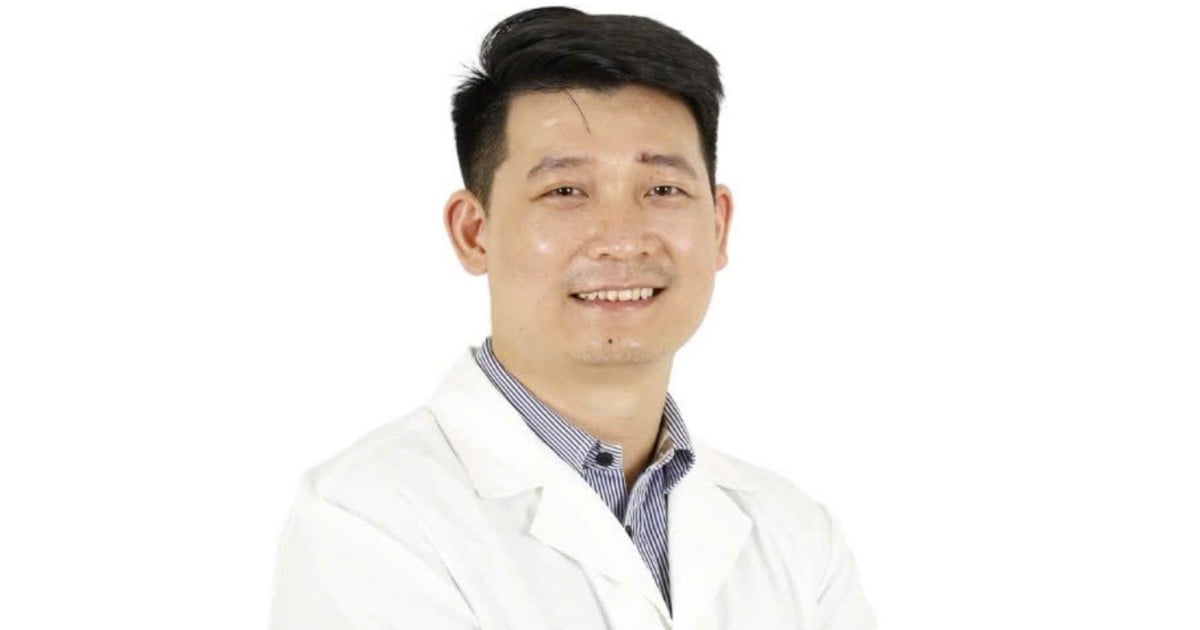



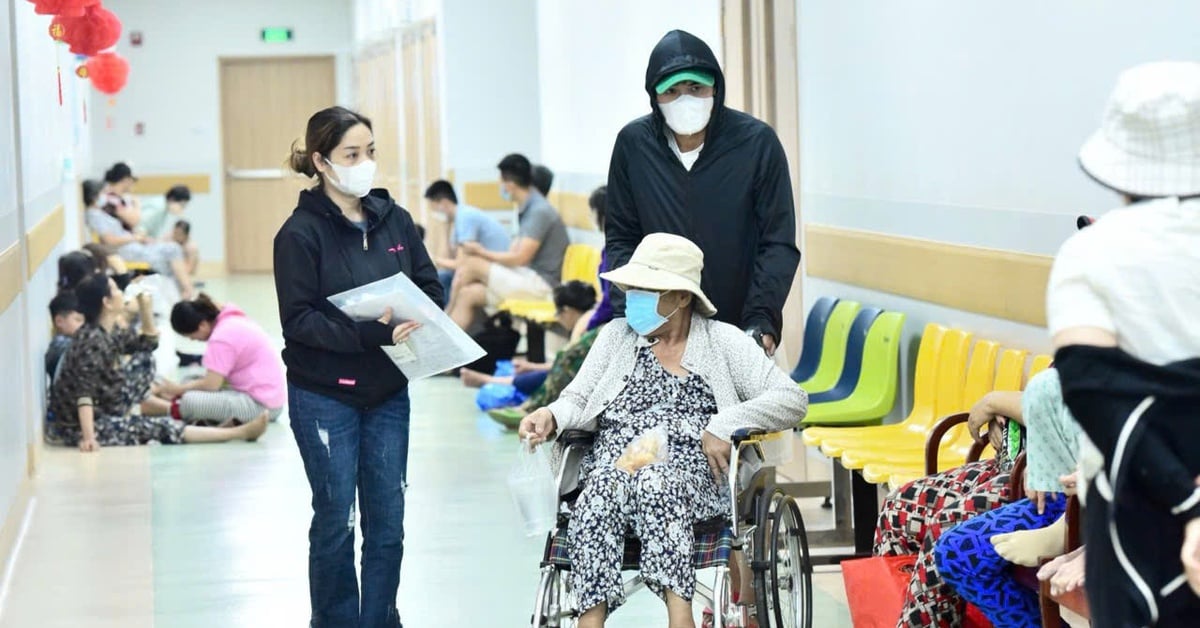

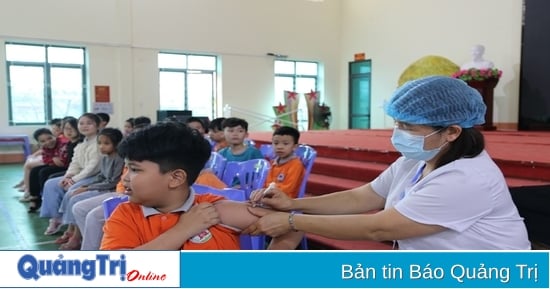
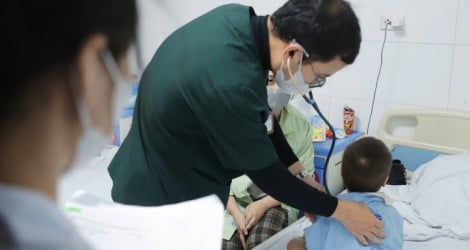




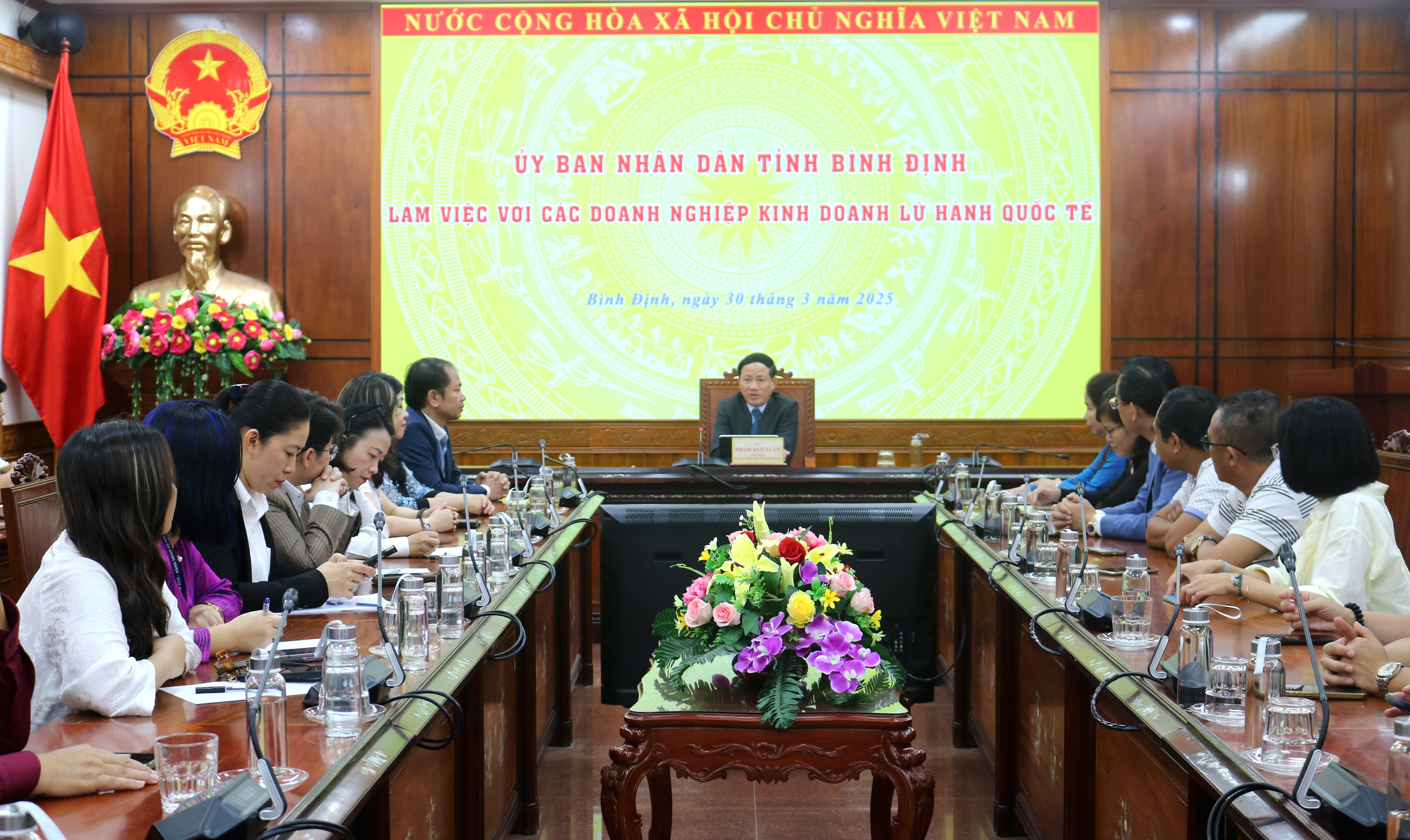

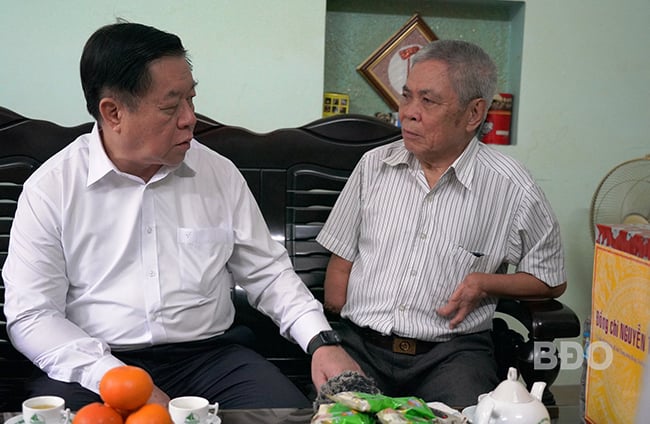



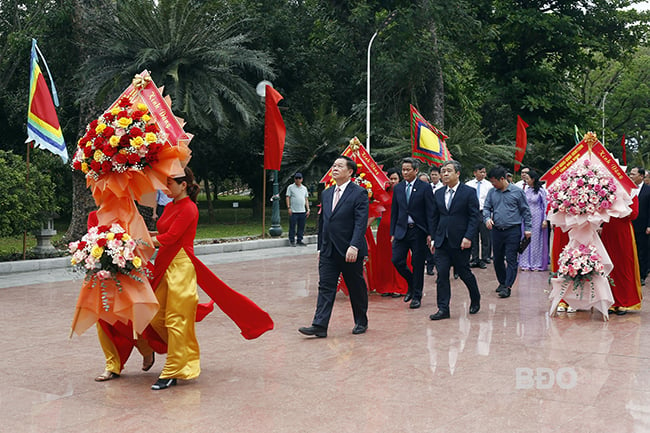
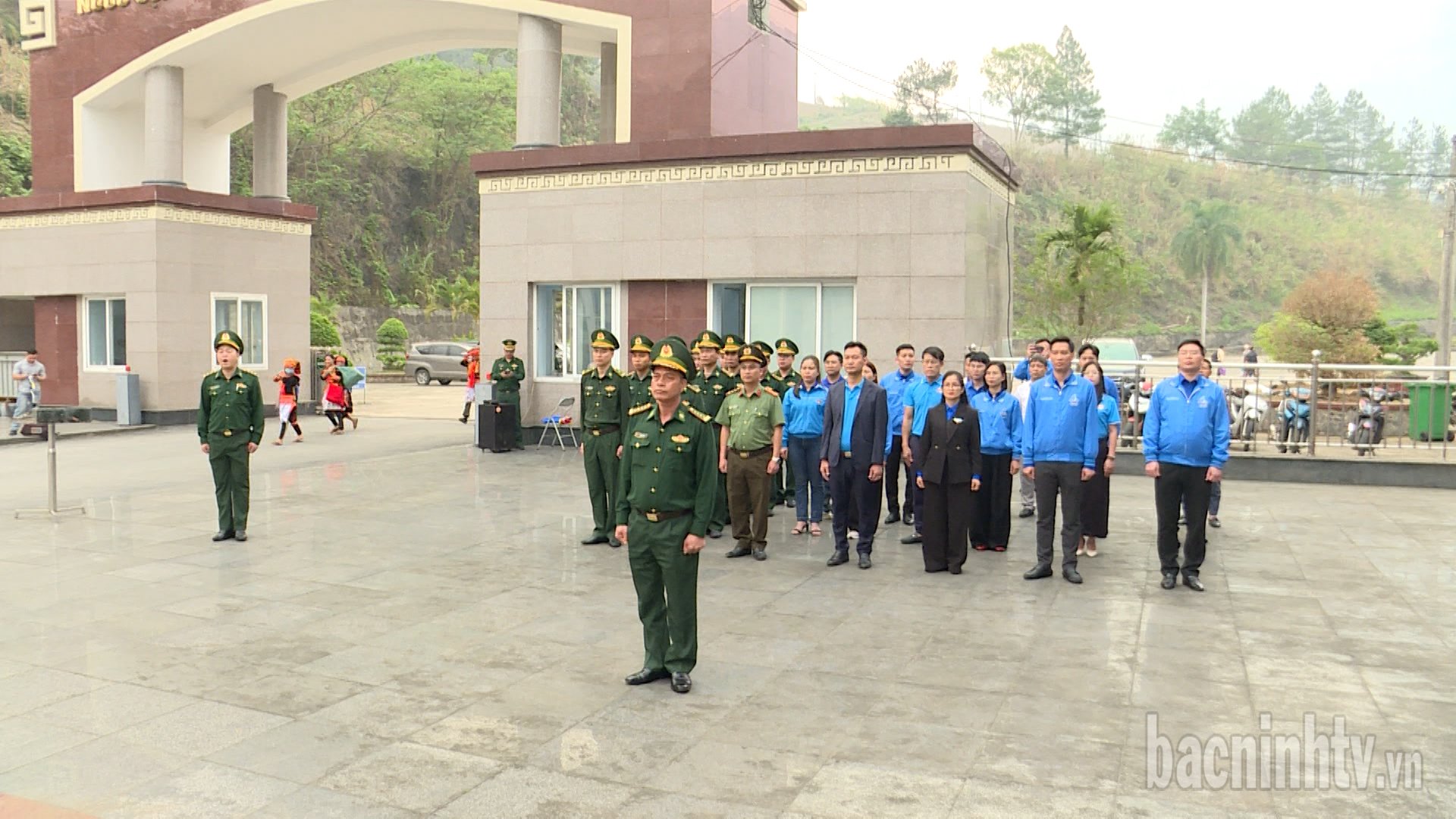


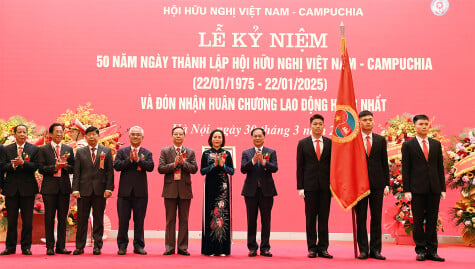













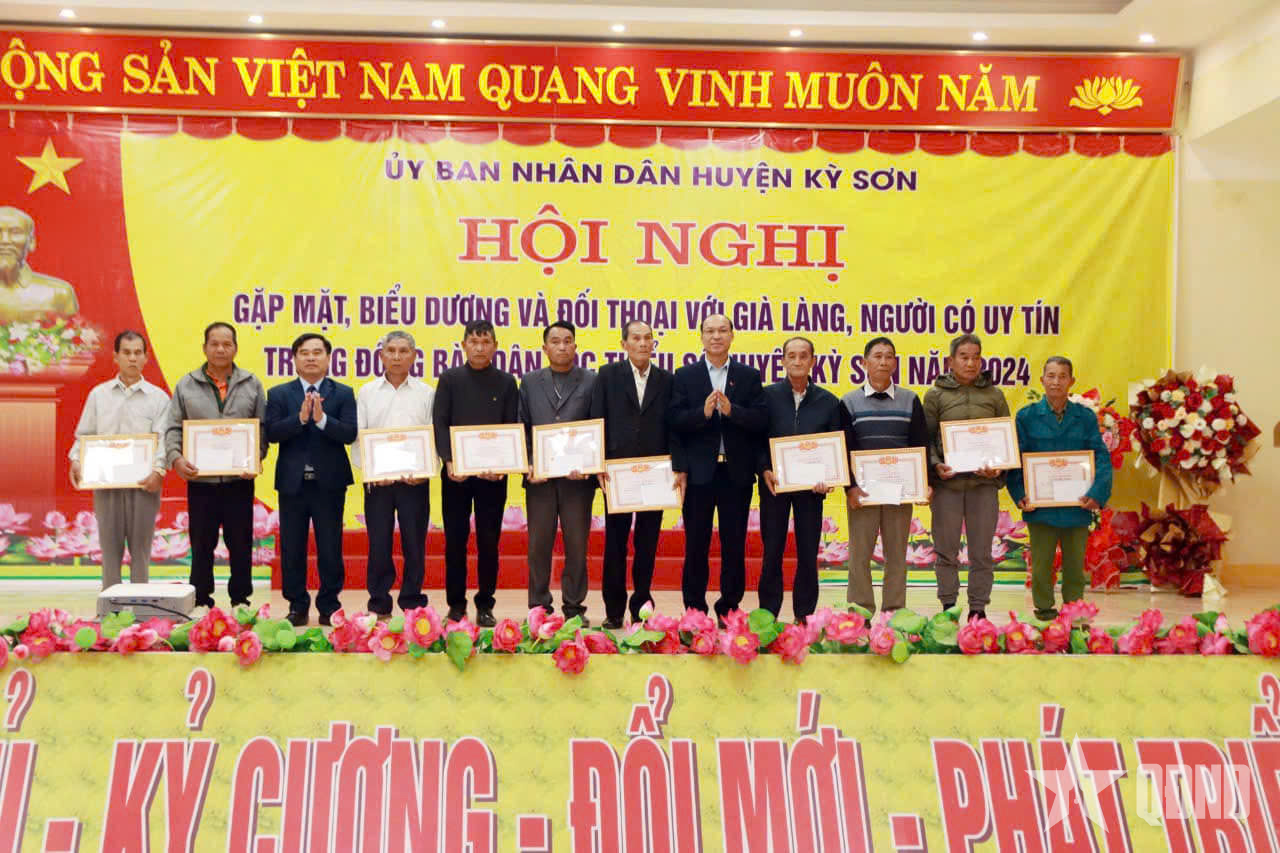





















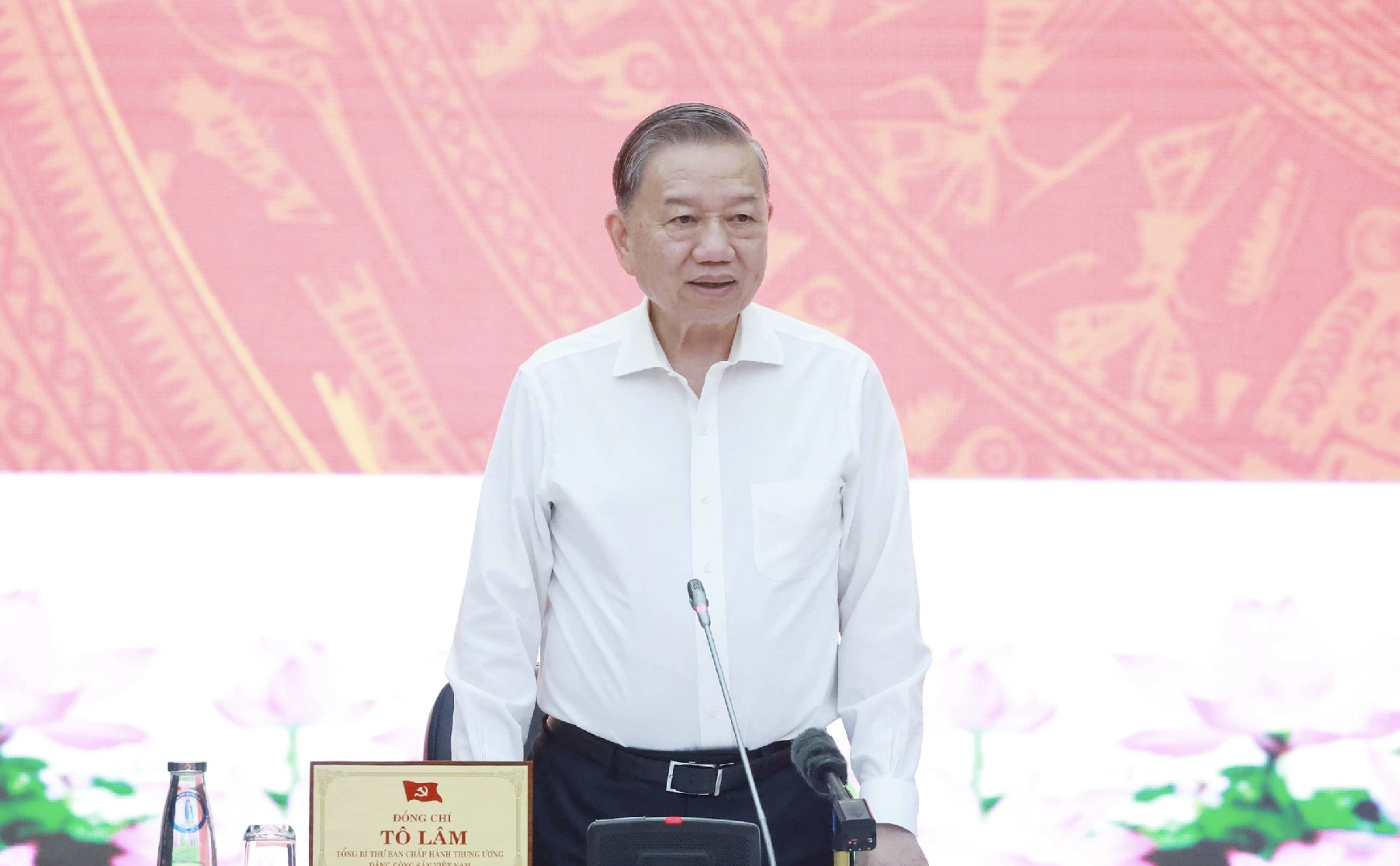

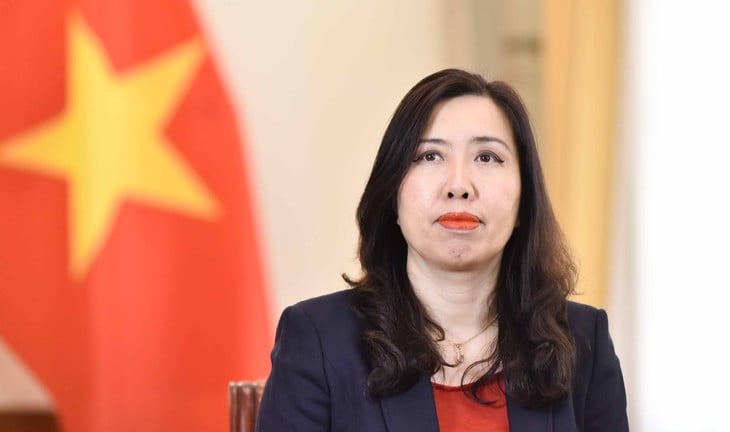
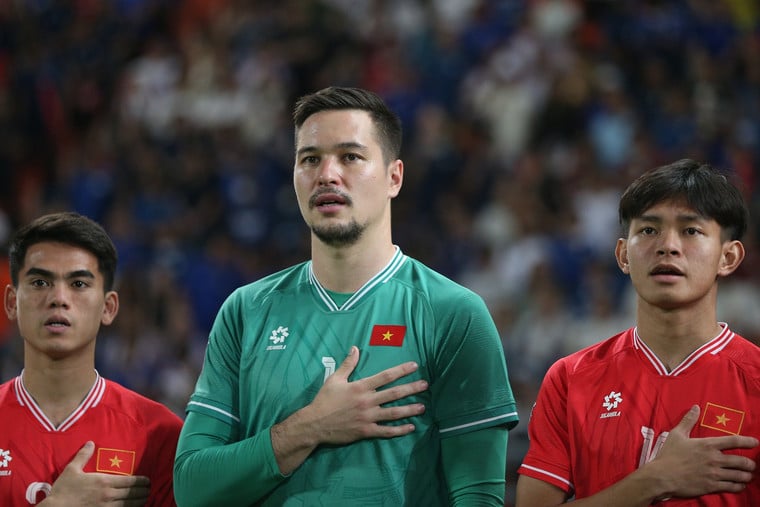





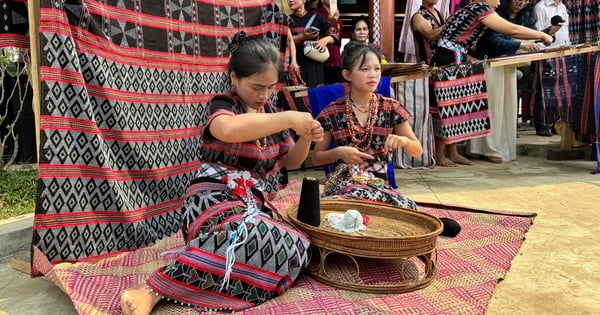


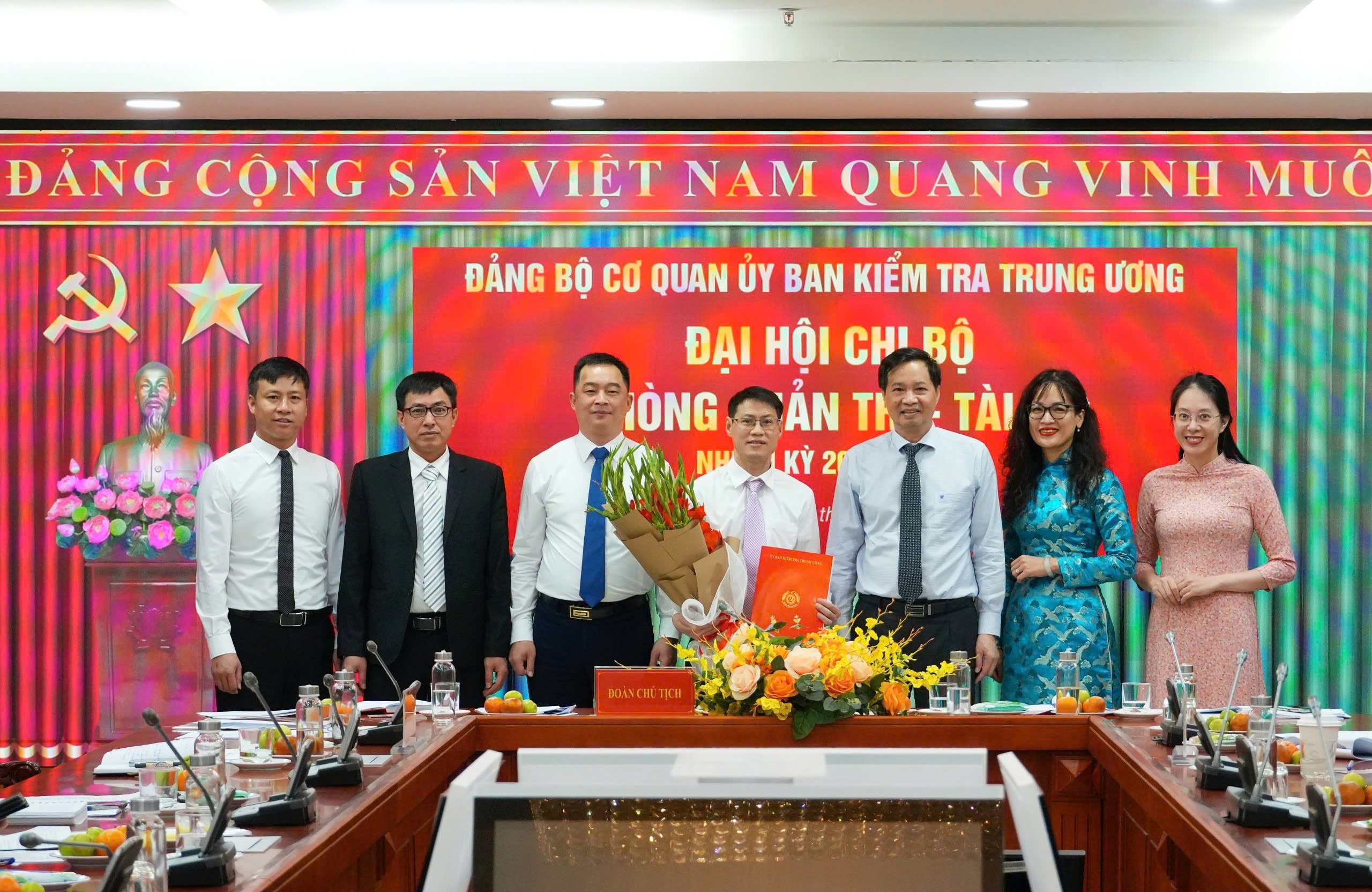












![[REVIEW OCOP] An Lanh Huong Vet Yen Cat](https://vstatic.vietnam.vn/vietnam/resource/IMAGE/2025/3/27/c25032328e9a47be9991d5be7c0cad8c)




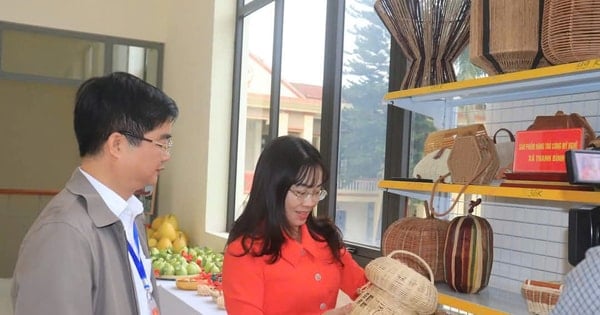

Comment (0)